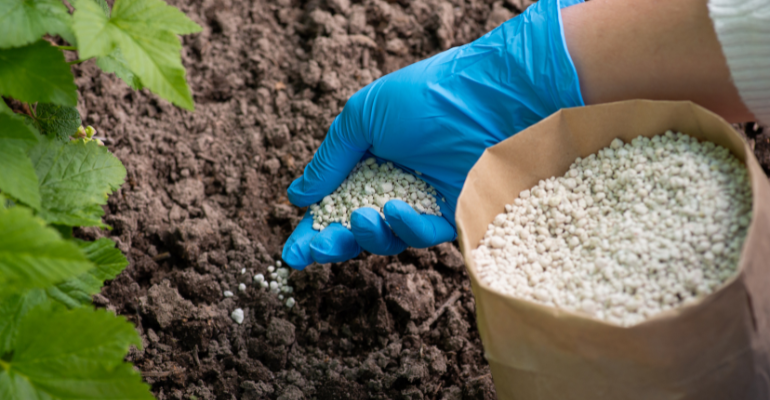Green AAG
The vehicle for hydrogen economy

| Ammoniacal | Nitrate | Ammoniacal and Nitrate | Amide Fertilizer |
|---|---|---|---|
| 1. Ammonium Sulphate | 1. Sodium Nitrate | 1. Ammonium Nitrate | 1. Urea |
| 2. Ammonium Chloride | 2. Calcium Nitrate | 2. Calcium Ammonium Nitrate | 2. Calcium Cynamide |
| 3. Anhydrous Ammonia | 3. Potassium Nitrate | 3. Ammonium Sulphate Nitrate | |
| 4. Ammonia Solution |
| Description | Ammonia (% w/w) | Elemental Nitrogen (% w/w) | Storage Temp (°C) | Oil Content |
|---|---|---|---|---|
| Anhydrous Ammonia NH3 (Gas) | 99.00 | 81.52 | ≤ 40 °C | ≤ 20 PPM |
| Ammonium Solution NH4OH (Liquid) | 34.00 | 28.00 | ≤ 35 °C | ≤ 5 PPM |
| Ammonium Solution NH4OH (Liquid) | 17.00 | 14.00 | ≤ 60 °C | ≤ 5 PPM |